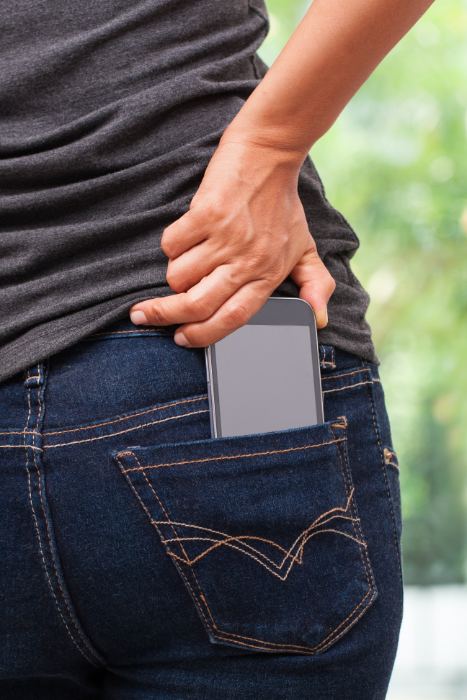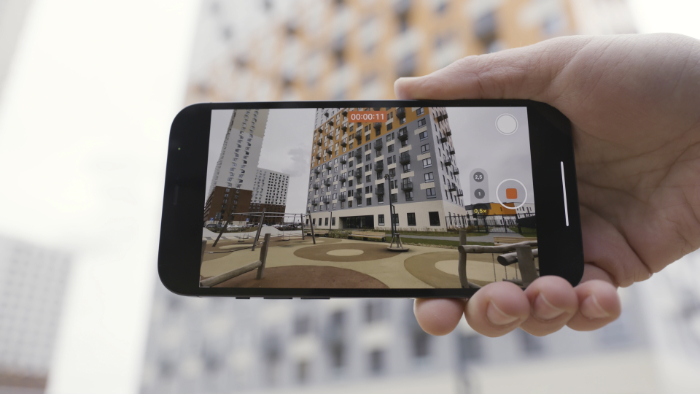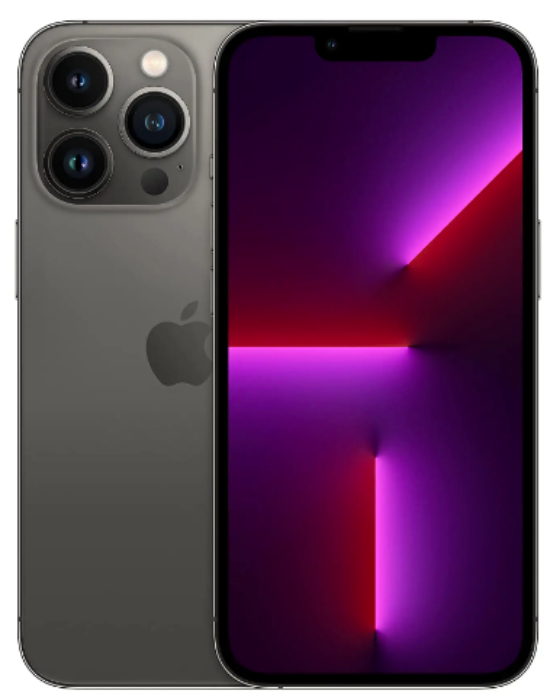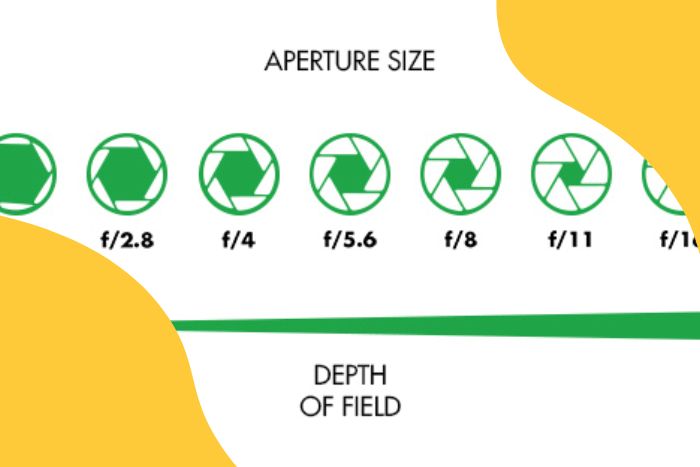Is it worth buying a camera in 2023? As I think about this question, I’m reminded of an experience from my own life.
We went to visit my brother and his family when they lived in India. This was a long time ago, before digital cameras.
At the time, I had my trusty Minolta XGM SLR with a selection of lenses. I was aware that I might want a quick point-and-shoot camera in some situations. So I borrowed my mom’s Olympus Mju II (Stylus Epic in the US). This was a highly-regarded 35mm fixed focal length camera with an f/2.8 35mm lens. It was brilliant and served its purpose.

But reviewing the photos later, you could spot which camera had taken which photo. The image quality wasn’t the same.
Even though most of the SLRs also used an f/2.8 35 mm lens. This led to my buying a better SLR when we next went on a “big” holiday. My Canon EOS 50E gave me all the control of the Minolta, but the point-and-shoot capability of the Olympus. But this time, the image quality was consistently high, even with the kit lens.
Much has changed since then. The question today isn’t between a compact camera and an SLR, but between smartphone cameras and DSLR cameras (and possibly mirrorless cameras). “Is it worth buying a camera?” in 2023 is a debate between dedicated cameras and smartphones. We can’t deny that the best smartphones take pictures with exceptional image quality. We also can’t deny that professional photographers haven’t ditched their DSLRs.

So, do you need a digital camera in 2023?
I confess, my verdict going into this is—yes, if you’re a serious hobby photographer. Definitely, if you’re a professional. Will you always use your “proper” camera and not your phone camera? Of course not. Can your phone do everything your “proper” camera can and do it as well? Almost certainly not. Is it always worth taking your dedicated camera with you? Well, that’s what the rest of this article will answer.
Is it Worth Buying a Camera (When you Already have a Phone?)
Let’s consider the arguments for relying on your phone.
You Always Have it With You

This is probably more true than we want it to be. But there’s not much we can do without our phones these days. On holiday this summer, I mainly relied on my phone for the holiday snaps. They’re higher-quality photos than my first DSLR, and I always have it with me.
And there’s no denying that a serious DSLR is heavy and bulky. A DSLR is great, because you can have different lenses. But if you’re on tourist duty, do you want to carry all that with you? And if you don’t, then which lens to take? Then there’s the worry about security. My camera bag never gets left in the car. If we go out with it, it goes everywhere. And it that includes the beach, and I usually don’t want to take my lovely DSLR there.
Professionally speaking, I can’t afford to lose it. Or more accurately, I can’t afford to replace it. So the DSLR often gets left behind.
Your Phone Can Do Things Your Camera Can’t
This is interesting. For example, Samsung Galaxy phones feature Live Focus. This allows you to change the focus point after you’ve taken the photo. It’s unlikely your DSLR can do the same.
Of course, what the phone is doing is harnessing multiple digital cameras to work their magic. The presence of two or three rear-facing cameras allows the software to combine data from each to create special effects.

You Don’t Have to Carry Multiple Lenses
Those separate cameras offer an additional advantage for your smartphone. You don’t have to change lenses. The Apple iPhone 13 Pro Max, for example, has three. It has a telephoto, a wide-angle, and an ultra-wide angle lens. But at 70 mm, the telephoto won’t pull in your child scoring at the other end of the pitch. But it is optimized for portraits.
At the other end of the scale, the ultra-wide lens is a 13 mm equivalent. You might have several different lenses for your DSLR or mirrorless camera. But it’s extremely unlikely you’ve got a 13 mm lens for your DSLR. In fact, the 120-degree field of view is wider than what GoPro usually offers.
Another win for the phone.
A Supersize Screen

Even the original iPhone had a bigger screen than my Canon EOS 5D Mark III does. And the Canon isn’t a touchscreen (although dedicated cameras are heading in that direction). Smartphones live and die by the quality of their screens. That means they are a priority for the manufacturers. Even my modest Huawei P30 Lite has a significantly better screen than my Canon. The phone wins again.
Fantastic Video Quality

There’s a virtuous circle in smartphone design. People always have them on them because they do so many things. Manufacturers make them do those things better and better. So people rely on them more and more. And the cycle continues…
Video is one of those things. There’s a good chance your smartphone camera outperforms your DSLR for video. Maybe not if your main digital camera is a top-end mirrorless camera. But phone manufacturers know that you want to film that wedding. Or that skateboard trick. Or whatever. So most of them give you 4K (or better) and 240 fps video. They make it easy to edit and share with their free photo editing apps. This may be a draw between phone and digital camera.
Convenient Connectivity

Many modern digital cameras have Wi-Fi and Near Field Communication (NFC) built in. Communication is the main function of the phone. It knows where you are and tells you how to get to the next place. Take a picture on it, and it can upload immediately. Communication for a digital camera is always going to be an add-on. Livestreaming via a social media platform on your phone is so easy.
I was on a ferry recently and we were sent to the muster stations to don lifejackets. I didn’t reach for my DSLR to take a photo, transfer it to the laptop, set up a hotspot, and upload it to Twitter. Of course I didn’t. I did it straight from the Twitter app on my phone. So another win for the phone.
It’s All About the Money
Let’s assume you want to sell your DSLR and lenses and rely on your phone for photography. And let’s talk about cost. I’m going to use the UK as an example, but the argument probably holds wherever you are.
I choose the iPhone 13 Pro. Not the Pro Max, because it’s huge and would make me walk with a limp. And all the other specs are the same for the Pro and Pro Max. And because I’m going to (gulp!) sell my precious DSLR equipment, I’m going to max out the memory at 1 TB.
Now, let’s go online and see how much my camera gear is selling for. Nothing too extensive, but a Mark III Canon EOS 5D, two L-series lenses (24-105mm and 16-35mm), and an aging Speedlite. The price of all that is comparable to that of the iPhone 13 Pro.
If I keep the camera, but still need a new phone, that’s going to cost me a pretty penny. Consider that with the iPhone, I also have a GPS for the car, a pocket computer, instant messaging, my payment cards, boarding passes, bus pass, COVID pass… You can see the benefits stacking up.
So, Is That the End of the Argument?
I hope not. I said in the introduction that I think a serious photographer needs an actual camera. Here’s why I think the interested hobby photographer needs a camera too.
Why you Need a Camera
Let’s Talk About Pixels

When I bought my first compact digital camera, I was impressed to see it had a 2 MP sensor. However, when I saw the photos, that positive feeling disappeared. I learned the lesson that pixel count does not entirely determine a camera’s quality. You can lose yourself down several rabbit holes as you research pixel size and pixel count. Pixel count matters, but it doesn’t have the final say in image quality. Your phone might have more pixels than your DSLR. But they will be crammed onto a tiny sensor.
Sensor Size
Compared to a full frame DSLR, a phone’s sensor is tiny. To get the same number of pixels in, they have to be smaller and more tightly packed, and this isn’t always a good thing. A DSLR has many pixels in an arrangement that optimizes their properties. This reduces problems such as Moire. It also means that each pixel can capture more light and have more room to “breathe.”
Lens Real Estate

The technology of the smartphone camera lens is pretty amazing. Unlike early digital cameras, we are talking multicoated, multi-element lenses. All of these add to the image quality.
But the front element on my Canon L Series 16-35 mm lens is nearly half the size of an iPhone 13 Pro. The amount of light gathered just cannot compare. Phone manufacturers use all sorts of technical wizardry to compensate for the limitations of the lenses. But it is to make up for shortcomings. The higher-quality lenses on your standalone camera don’t have those shortcomings.
Image Stabilization

Many phones will include image stabilization (IS). And some will have optical as well as (or instead of) software stabilization. But the processing power and degree of IS that’s possible in the lens and body of a dedicated camera is superior to what a phone can manage. Linked to this is how you hold a phone or a camera. You have a very steady platform with the camera pressed up against your face, with your left hand supporting the lens and elbows tucked in. You can’t do this with your phone.
DSLRs Have Added Versatility
You can do many things with a DSLR that you can’t with a phone. Interchangeable lenses are one of the big selling points of a dedicated camera. The possibilities are limited mainly by how much you’re willing to spend. Whether it’s a tilt-shift lens, a fish-eye, or a specialist 1000 mm telephoto, you can’t do it with a phone. You also can’t match the beautiful simplicity of an f/1.2 50 mm lens on a DSLR.
The video on your phone might be excellent. But do you want to use a gimbal with an external monitor and audio feed from a remote microphone? If not, you probably need a proper rig for DSLRs or mirrorless cameras.
And forget a studio flash with a phone. I have tried triggering my studio flash with my phone’s flash. It simply doesn’t work.

Many phones now boast macro capabilities. But these are limited by how close you need to get to the subject. This problem is solved by proper macro lenses on a DSLR. And it avoids the problem of startling your subject or blocking the light.
Telephoto Lenses
While your smartphone camera has some telephoto capability, it cannot match your camera. Pinching and zooming on your smartphone does not match a 200 mm lens.
For one thing, the pinch-and-zoom is only another way of saying “cropping.” You’re taking the same picture and cropping it digitally. This means there’s a loss in quality. Suddenly you’re only using 12 of those 24 megapixels.

But there are other aspects of a telephoto that a cropped image can’t match. A telephoto lens compresses the distances. A telephoto has a smaller depth of field than a wider lens. This throws the background and foreground out of focus. Phones can apply an effect to replicate this. But it will struggle to accurately separate your subject’s stray hair from the background. And a smartphone camera won’t manage to throw the foreground out at all.
If you’re taking photos of sports or events, or even weddings, you won’t find smartphone cameras that can come close to what a 200 mm telephoto can do. And if you’re worried about camera shake using a long lens, your camera has a tripod mount. You won’t find that on a smartphone.
Specialist Applications

Two areas that occupy quite a bit of my time are real estate and food photography. Neither of these could realistically be achieved without a camera. For one thing, agencies don’t allow anything less than full frame. They have those standards because the quality they require can’t be achieved with a phone camera.
Take real estate photography as an example. A typical setup requires natural light with a 16 mm lens and HDR. If you don’t have a tripod, that isn’t going to happen at f/8 with a phone.

Or we can use food photography as another example. You’ll need natural light with the camera directly above the dish, minimum f/8, and ISO no more than 800. And uniformity between the photos so the dishes have a consistent appearance.
There are countless other scenarios where the phone is a long way from taking over from the professional-level camera. Most of the time, you’ll look at photos taken on your phone, on your phone. Or on social media. These are places where that quality is absolutely fine.
If you want to print or share your photos where the size will be bigger, then you will need the added quality of a camera.
You Have More Creative Control
There are all sorts of areas where having a camera is better than using your phone. And I find it interesting that my thinking on this has developed as I’ve written the article. It boils down to this—with a camera, you can control a whole range of elements. Knowing your camera settings opens up a world of creativity. Taking time to understand your camera and its functions can be confusing at first, but well worth the effort.
It’s easy to select an unusual focal point to make the picture more interesting. You can do it on your phone, but you’ll have to take one hand off to do so. With your camera, your thumb will fall naturally to where you need it to change the focus.

You are in control of exposure. Want to capture the individual drops of water in a fountain? Choose 1/8000 second. Do you want as much of this beautiful landscape to be in focus as possible? Then choose your wide-angle lens and a small aperture.
Looking for a dramatic silhouette? Then adjust the exposure accordingly—usually with a turn of a dial or a press on the exposure lock button.
If you need a detailed HDR of a scene, then set up the tripod and get the automatic exposure bracketing going. Again, the camera settings are almost limitless. And so are the possibilities.
To Sum Up

They say the best camera is the camera you have with you. In 2022, that will mean your phone a lot of the time.
But if you’re a professional photographer, there is no question that you need a dedicated camera. There is a growing discussion about whether that should be DSLR or mirrorless cameras. But whichever you choose, you need a proper camera. Imagine your wedding photographer turning up with nothing but a phone. There would be problems.
If you’re serious about photography as a hobby, or you occasionally get paid to take photos, then you need a camera. I’m more convinced of this now than I was at the beginning of this article. If I’m out and about with my daughter, and it’s a choice of my Huawei or her iPhone 13 Pro Max? My phone stays in my pocket. But if I have my Canon with me, it’s my go-to choice no matter which phone is around. Let me summarize the reasons why.
Exposure

You have absolute control over exposure. You know that there is a trade-off between elements. If you need as fast a shutter speed as possible, then you’ll choose a high ISO. You know that there will be noise issues, but at least there won’t be motion blur.
Conversely, if you need detail in the shadows and as “clean” a picture as possible, then choose a low ISO. You know that you can lessen other problems. Use a tripod or choose a faster lens.
You know that your subject, framed against a window, will be underexposed. So you adjust accordingly. Or you don’t if you want the silhouette.
Depth of Field

As we’ve seen already, depth of field is affected by the focal length of the lens and by the aperture. Again, these are within your control. If you want a narrow depth of field, you choose a long lens and large aperture. You want to frame your subject with foreground obstacles visible but heavily out of focus. Again, you can control the camera settings to make this happen.
And the popular bokeh is available to you not through post-processing but through the lens design and attributes.
Specialization

Smartphone cameras are praised for the way they harness technology. We’ve already seen how they make up for shortcomings by tweaking the processing of the image. But a specialist camera doesn’t have to worry about instant messaging. It has no need for a music player. Its task is to take pictures and process them as well as possible.
It can shoot at silly numbers of frames-per-second. It can capture RAW files. It can very likely capture them on two separate memory cards, for safety’s sake. It can offer you a comprehensive set of options for AI autofocus, which you can select according to need.
Our Verdict
Is it worth buying a camera in 2023? Absolutely yes.
If you get joy from photography, and if you understand the technical side of the art, get a camera—DSLR or mirrorless. You can’t beat the feeling of an image that looks superb because you understood the situation, and provided the expertise to capture it. You can also start out by checking used camera gear before making a big purchase!
We recommend you check out our camera comparison tool or article on what to look out for when buying a camera next!














